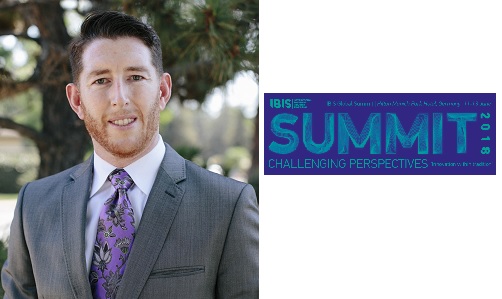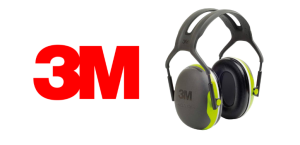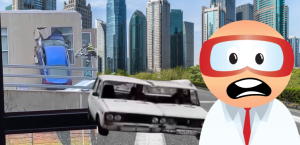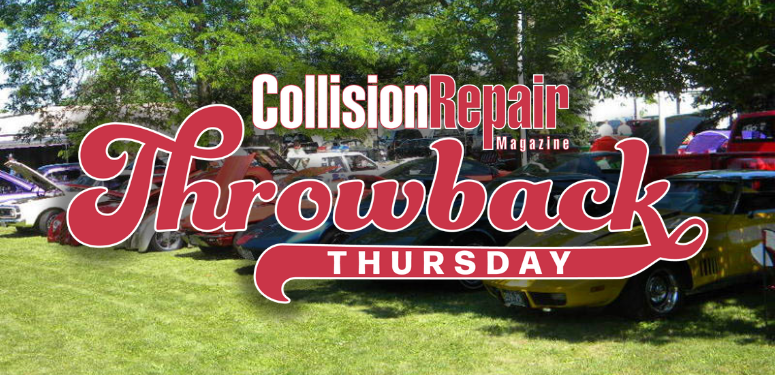Toronto, Ontario — October 4, 2019 — From a repair industry analyst’s standpoint, the last few days have been among the most dramatic ever witnessed.
In Canada, the Fix Network absorbed Uni-Select’s Carrossier ProColor network, stealing it away from its long-standing association with CSN. In the U.S., CARSTAR-owner Driven Brands announced that it had absorbed the ABRA rump–the 50-or-so US ABRA locations not picked up by Calibre Collision last year. Down under, auto insurer Suncorp sold almost all of its stake in Capital SMART, Australia’s second-largest collision chain, to an auto parts manufacturing company.
In short, consolidation has gone crazy. While it has taken many by surprise, industry analyst Brad Mewes actually predicted that consolidation was about to go haywire.
During his presentation at the 2018 IBIS summit, industry analyst Brad Mewes argued that the major players in the North American collision repair market would soon be going to redirect efforts away from swallowing up individual shops, and towards business streamlining and ‘mega buyouts’ of other big players.
His argument leaned heavily on a well-regarded economic theory called the consolidation curve in his argument that consolidation in the North American sector was undergoing a fundamental—and inevitable—transition. As Mewes puts it, “Industries evolve in a very predictable way over time.” In brief, the basic idea of the consolidation curve is that consolidation strikes in four phases—opening, growth, focus and balance.
In the opening stage, early entrants into an industry protect their ‘first mover’ advantage by aggressively pursuing growth. In the second stage, growth, major players begin to turn their size advantage towards swallowing smaller competitors en masse. In the tertiary period, established industry behemoths focus on streamlining businesses and merging with other ‘great powers’. In the final stage, balancing, the near-total market dominance of a few businesses discourages them from pursuing growth-oriented strategies and encourages making non-aggression pacts with their peers.
In making his case, Mewes pointed to changes in North America’s largest franchises growth rates–pointing to Fix and CARSTAR as prime examples of businesses in the growth phase of the consolidation cycle.
At the time, both businesses were growing at astounding rates–and primarily focused on winning over single-business operations into their networks. Since then, CARSTAR’s strategy, at least, has been to focus on converting MSOs–something Mewes also suggested would be a harbinger of the transition to the next stage of consolidation, the focus stage.
It seems Mewes was right–but there was more to his prediction than that the industry behemoths would start making breakfast out of one another. He also suggested there would be a major change in the way the businesses themselves were managed.
According to Mewes, once the focus phase began in earnest, the big players will soon start shedding the less profitable sides of their business, with the profits filling the war-chests required to complete massive buyouts.
So what does this mean for the average franchise member–or even their independent competitor?
It means that efficiency is the call of the hour.





































